Let’s face it, most of us read at least one or two books by John Steinbeck when we were in school. The Grapes of Wrath, most likely, which won Steinbeck the Pulitzer Prize. He also won the Nobel Prize years later for the sum of his “realistic and imaginative writings, combining as they do sympathetic humor and keen social perception.” If not that, then maybe the generation-spanning saga East of Eden, or his oft-adapted tragedy Of Mice and Men.
For many of us, however, school is where our reading of Steinbeck stopped. Even if we loved Grapes of Wrath or Of Mice and Men, we often forget that this titan of American letters also wrote more than 30 other books which, while not as well known as his towering classics, capture the same spirit and power that made Steinbeck one of the most beloved authors of his time.
From comic novels such as Cannery Row to the morality play of The Winter of Our Discontent to the semi-autobiographical Travels with Charley, these 10 books are the perfect place to explore more of the narrative power that made Steinbeck one of our most celebrated writers – and one that we all read in school.
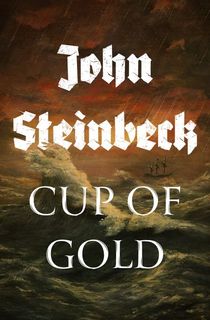
Cup of Gold
John Steinbeck’s first novel is a fictionalized account of the life of the notorious 17th century privateer Henry Morgan, particularly focused on Morgan’s attempted sacking of Panama City – the eponymous “Cup of Gold.” Originally published in 1929, Cup of Gold is a swashbuckling adventure that reveals an entirely different side to Steinbeck that will surprise and delight those who have only read his later novels in school.
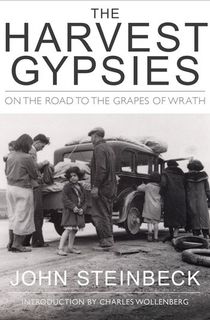
The Harvest Gypsies
Three years before he published his most famous novel, John Steinbeck wrote a series of seven articles for the San Francisco News which chronicled the lives of the same farm laborers he would later fictionalize in The Grapes of Wrath. Accompanied by stunning photographs by Dorothea Lange, “Steinbeck’s journalism shares the enduring quality of his famous novel” (Publishers Weekly) and captures a “potent blend of empathy and moral outrage” (San Francisco Review of Books).

Travels with Charley in Search of America
In 1960, John Steinbeck put a camper on his pickup and began a road trip across the United States accompanied by his poodle, Charley. From Long Island to the Pacific Northwest, Salinas Valley to the deep south and back to New York in a nation-spanning trek. While written as a travelogue, the veracity of the events depicted in Travels with Charley have been called into question, and one introduction cautions that “it would be a mistake to take this travelogue too literally, as Steinbeck was at heart a novelist.” Nevertheless, it paints a compelling portrait of Steinbeck’s America – whether real or fictitious.
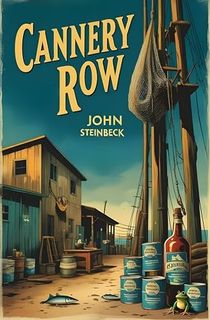
Cannery Row
Set among the sardine canneries of Depression-era Monterey, Cannery Row was adapted to the screen in 1982, starring Nick Nolte and Debra Winger, and to the stage in 1994. The BBC News ranked it as one of the 100 most influential novels, while the Chicago Sun Times hailed it as “one of the most thoroughly enjoyable and delicious books you’ll ever have the fortune to read.” John Steinbeck would follow it up a decade later with a sequel – also set some nine years later – called Sweet Thursday.
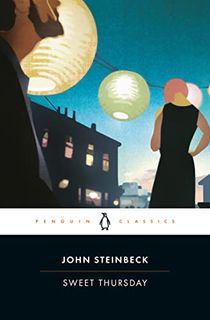
Sweet Thursday
Reconnecting with the characters and the milieu of Cannery Row a decade later, Sweet Thursday marks Steinbeck’s only sequel. Composed after Steinbeck had taken an interest in writing for the stage, Sweet Thursday shows a more upbeat version of its world than Cannery Row, and was adapted into the Rodgers and Hammerstein musical Pipe Dream in 1955, which was nominated for nine Tony Awards. The musical may not have connected with audiences – in 2011, Smithsonian Magazine named it the #1 Broadway flop – but the book itself provides a fascinating window into Steinbeck’s writing and his ambitions, especially when read as a companion piece to Cannery Row.
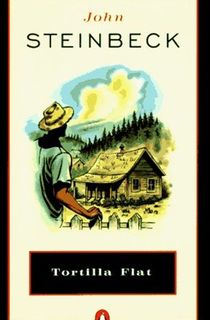
Tortilla Flat
Like many of John Steinbeck’s novels, Tortilla Flat is set in Monterey, California, in this case among a group of “paisanos” who live and laugh and occasionally work together in the days following the end of World War I. The novel proved the author’s first major success, as his portrait of a shabby Camelot in the hills near Monterey “tells the stories of these lovable thieves and adulterers with a gentle and poetic purity of heart and prose” (New York Herald Tribune) that won the public’s heart and helped to catapult Steinbeck to literary stardom.
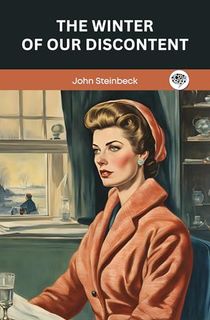
The Winter of Our Discontent
The last of John Steinbeck’s novels to be published before his death in 1968, The Winter of Our Discontent is Steinbeck’s only novel set almost entirely on the East Coast, taking place primarily in Sag Harbor, New York. It follows a grocery store clerk from a formerly aristocratic family, who works in the store his father once owned. As he rises to power and wealth again, he finds that he has perhaps lost things along the way in this “deeply penetrating study of the American condition” (Reloy Garcia, Study Guide to The Winter of Our Discontent).
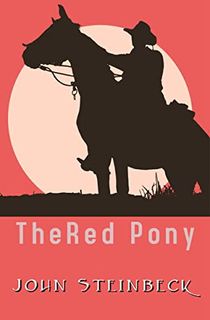
The Red Pony
Though known primarily as a novelist, John Steinbeck also wrote numerous novellas, the most famous of which is certainly Of Mice and Men. Four years before penning that classic, however, Steinbeck had already shown his chops with this episodic novella following the life of Jody Tiflin on his father’s ranch, beginning when he is given a red pony colt. Across four chapters, The Red Pony is a “wrenching story of adolescent initiation into the world of death, birth, and disappointment” (Billboard) that is a perfect introduction to Steinbeck’s shorter writing.
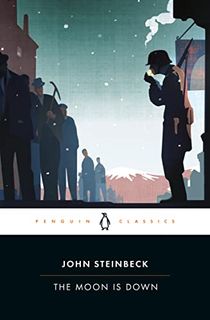
The Moon Is Down
One of Steinbeck’s only novels set outside California, The Moon is Down tells of a town in an unnamed Northern European country, occupied by an unnamed foreign nation – intentionally and obviously evoking the Nazi occupation of Norway during World War II, which was taking place contemporaneously with the book’s publication in 1942. A French translation was illegally published in Nazi-occupied France, and this tale of occupation, resistance, and fear earned Steinbeck the King Haakon VII Freedom Cross from Norway.
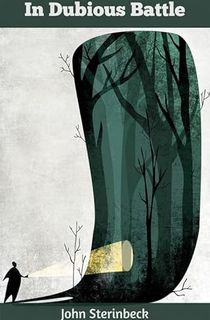
In Dubious Battle
Three years before writing his immortal classic The Grapes of Wrath, John Steinbeck had already tackled the subject of workers’ rights in this tale of a strike among farm laborers in California – what began as a “journalistic account of a strike” and became a “symbol of man’s eternal, bitter warfare with himself,” as Steinbeck described it in a letter written prior to the novel’s publication. The result is a perfect companion piece to The Grapes of Wrath, described by the New York Times as “courageously and desperately honest.”








